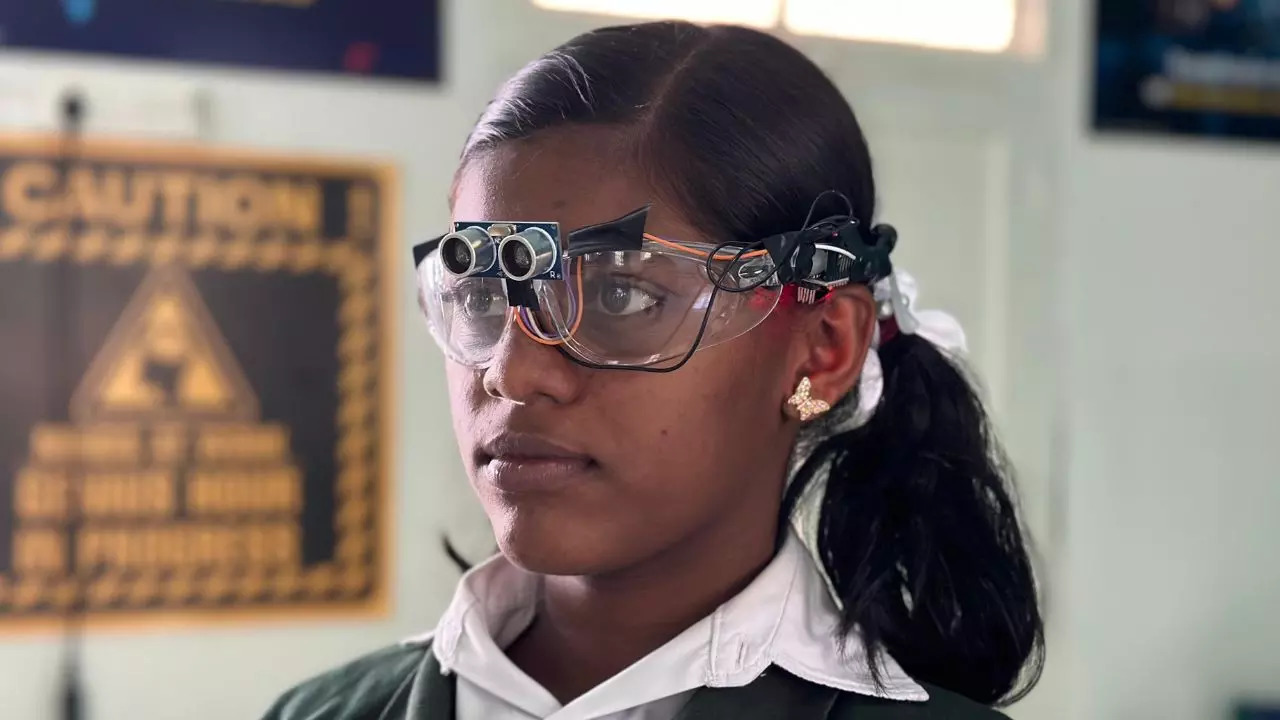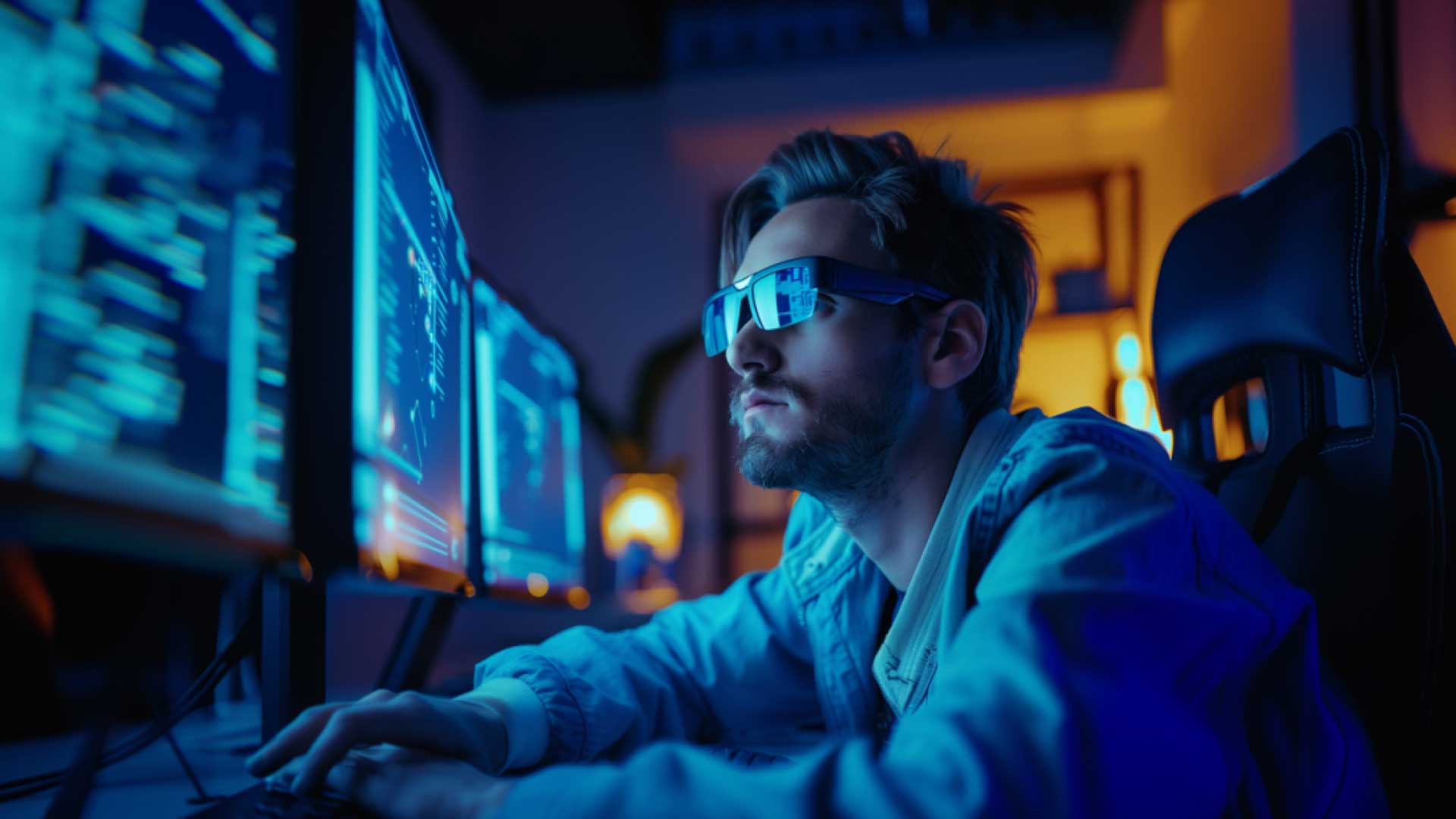The Future of Assistive Technology for the Blind: Empowering Independence
The Future of Assistive Technology for the Blind: Empowering Independence
Blog Article
Enhancing Ease Of Access Through Assistive Technology for the Blind
The integration of assistive modern technology for the blind stands for a crucial improvement in accessibility, fundamentally altering just how people browse their environments and engage with society. As we discover the varied kinds of assistive devices and their tangible effects on day-to-day living, it ends up being necessary to take a look at exactly how ongoing technical innovations are reshaping the landscape of assistance for the blind area.
Review of Assistive Technology
Assistive modern technology refers to a variety of devices and software application created to boost the capacities of individuals with specials needs, consisting of those that are blind or aesthetically impaired. This innovation plays a critical duty in advertising independence and boosting the top quality of life for users. By providing alternative approaches for accessing information and performing everyday jobs, assistive modern technology encourages people to navigate their atmospheres a lot more successfully.
The growth and application of assistive innovation welcome a selection of principles aimed at cultivating availability. These principles include user-centered design, which prioritizes the requirements and preferences of the individual, and the integration of technology into day-to-day tasks. Such advancements make certain that assistive devices are not just practical however simple and also instinctive to make use of.
Furthermore, assistive technology includes a varied spectrum of options, from low-tech options like magnifiers to high-tech innovations such as display readers and Braille screens. The recurring advancement of this area is driven by the requirement to attend to the unique difficulties encountered by individuals with visual disabilities (Wearable technology for low vision). As modern technology proceeds to breakthrough, the capacity for enhancing availability and advertising inclusivity stays promising, eventually contributing to an extra fair culture

Kinds of Assistive Devices
Countless sorts of assistive gadgets are available to support individuals who are blind or aesthetically damaged, each created to deal with details needs and obstacles. These gadgets can be extensively classified into 3 major types: low-tech, mid-tech, and state-of-the-art solutions.
Low-tech gadgets include items such as magnifiers, Braille tags, and responsive maps. These are reasonably simple tools that improve the individual's capacity to engage with their setting without needing complex modern technology.
Mid-tech devices commonly entail advanced attributes, such as digital magnifiers and portable Braille note-takers. These devices can provide performances like speech result, permitting users to accessibility info more successfully.

Effect On Daily Living
The availability of various assistive tools dramatically enhances the lifestyle for people that are blind or aesthetically damaged, influencing their day-to-day living in extensive means. By incorporating innovations such as screen visitors, Braille displays, and audio description services right into their regimens, customers get greater autonomy and freedom. These tools promote accessibility to info, enabling individuals to execute everyday jobs, such as reading emails, browsing public spaces, and taking pleasure in media material.
In addition, assistive tools encourage individuals to involve more fully in social interactions and community activities. The capability to utilize smartphones geared up with accessibility attributes permits for smooth interaction and connection with others. This connectivity cultivates a feeling of belonging and lowers sensations of seclusion.
In specialist setups, assistive modern technology sustains productivity by allowing people to total work tasks successfully. Tools like voice recognition software and specialized review of optometry magnifying gadgets enable individuals to take part in the workforce on equal ground with their sighted peers.

Developments in Innovation
Recent technological advancements have actually substantially changed the landscape of devices readily available for people that are aesthetically damaged or blind. The assimilation of expert system (AI) and equipment understanding has actually given rise to applications that boost navigation and item acknowledgment. Mobile phone apps can now make use of AI to determine and define environments in real-time, providing individuals with useful contextual info.
In addition, developments in haptic modern technology have led here to the development of wise canes outfitted with sensing units that detect barriers and offer responsive comments. This equips individuals to navigate their setting with boosted self-confidence and freedom. Additionally, technologies in text-to-speech software application and braille display screens have actually improved the access of digital web content, enabling seamless interaction with various media.
Wearable innovations, such as clever glasses, are additionally making strides in helping visual disability. As modern technology continues to evolve, the capacity for also more transformative tools remains on the horizon.
Future Trends and Innovations
As technology swiftly advances, the future of assistive devices for individuals who are blind holds enormous promise. Advancements in expert system (AI) and artificial intelligence are poised to reinvent the method blind users interact with their settings. AI-driven applications are being established to enhance object acknowledgment, permitting customers to determine and browse their surroundings with better convenience and precision.
Furthermore, advancements in haptic feedback innovation are making it possible for the production of responsive maps and navigating aids that supply real-time details through touch. These innovations not just improve flexibility however likewise foster freedom. Additionally, wearable devices geared up with enhanced fact (AR) features are arising, offering individuals aesthetic information via sound summaries, thus bridging the void in between the physical and electronic worlds.
In addition, the assimilation of clever home innovation presents brand-new chances for ease of access, enabling people to manage their living environments with voice commands or mobile phone applications. As partnership between technology programmers and the blind area proceeds, the emphasis on user-centered layout will make sure that future technologies are additional resources tailored to meet the special needs of this population (Wearable technology for low vision). The trajectory of assistive innovation guarantees an extra inclusive and empowering future for individuals that are blind
Final Thought
Finally, assistive technology plays an essential role in improving ease of access for people with aesthetic problems. The varied array of devices, including display visitors and smart canes, dramatically improves everyday living and fosters independence. Continuous innovations in modern technology and user-centered layout ensure that these tools cater efficiently to the unique needs of the blind area. As technologies development, enhanced inclusivity and empowerment can be anticipated, inevitably enhancing the high quality of life for those affected by aesthetic disabilities.
The integration of assistive innovation for the blind stands for a pivotal innovation in ease of access, basically changing exactly how people browse their environments and involve with culture.Assistive innovation refers to an array of tools and software program developed to boost the abilities of people with handicaps, consisting of those who are blind or visually damaged. Wearable technology for low vision.As modern technology quickly progresses, the future of assistive devices for people that are blind holds enormous assurance. The trajectory of assistive modern technology assures a much more inclusive and empowering future for people that are blind
In verdict, assistive technology plays an important role in boosting access for individuals with visual problems.
Report this page